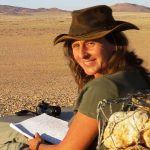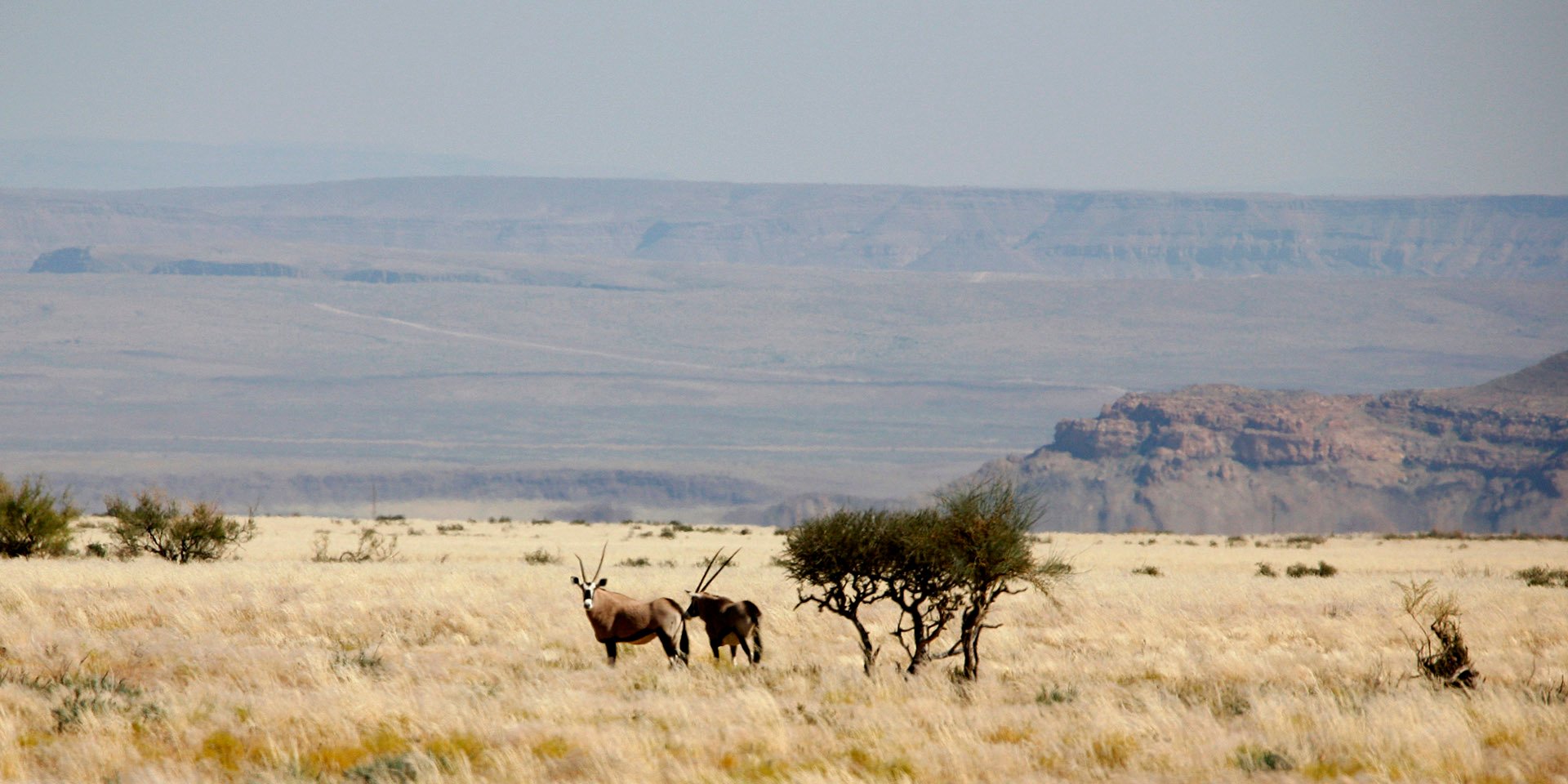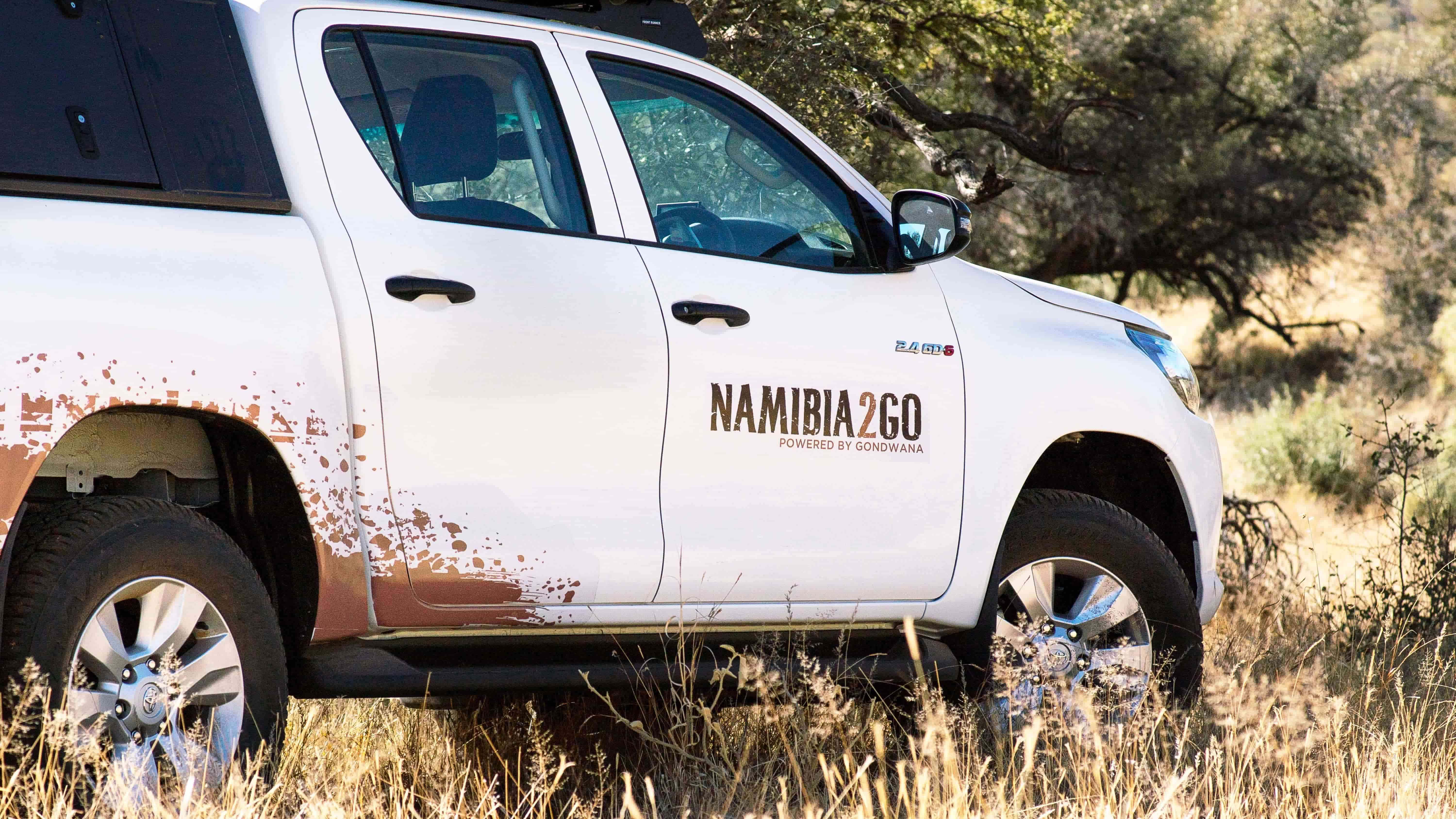Heading north, I took the route around Nauté Dam and the verdant grape and date plantation. Seeheim has a fascinating history and I made a stop at its historic hotel. It was one of the early train stations in the early 1900s. When diamonds were discovered on the outskirts of Lüderitz in 1908, the area, including Seeheim prospered. It even boasted a brothel!
Today, the Seeheim Hotel’s bar still retains some of the original motel’s stone-walled structure. No one knows quite where the brothel was situated, however, not even owner/taxidermist Marinda Kloppers. Her work adorns the bar and includes a stuffed baboon (with a ‘suipgat’ sign around its neck), mounted heads of kudu, hartebeest and gemsbok, and an animal’s butt that once served as an alcohol dispenser.
A stop I have made several times in the past and always look forward to is Alte Kalköfen on the D462 (2km off the B4), where an old lime kiln marks the spot. Hilde and Frikkie Mouton own the lodge, which has part Namibian-farm and part freshly-built lodge character. It makes a wonderful lunch spot.
Alte Kalköfen is also home to the only lithoparium in Namibia, and Hilde is the only person who has a license to propagate and sell these small ‘stone-plants’. The couple and a few friends discovered a new species which has since been named amicorum. The ‘living-stones’ keep the wisdom of the wild and even under Hilde’s watchful care, the plants from the north flower before those from the south. I was delighted to discover that some were still blooming, revealing a soft loveliness in their harsh exterior.
With lithops flowers imprinted in my mind, I put foot to reach the Namib Wild Horses, 30km west of Aus. The landscape began to transform as I neared the Pro-Namib, bordering the desert, where swathes of yellow grass merge with sand in an exceptional landscape. As I had hoped, a group of horses trotted in, drank from the waterhole then headed off, disappearing into the distance. Tourists arrived and left, ostriches drank noisily in a confusion of long necks ... and then there was silence, save for the ‘kelkiewyn’ sound of the Nama sandgrouse. I sat alone at the viewpoint and absorbed the scene as the red sun began to sink into the horizon. Suddenly, I heard the sound of hooves from behind me as another group moved in. The stallion whinnied, waiting for a member of the group, other horses responded. He whinnied again and again.
I watched the drama, my heart wrenching for this family group. I felt certain that anyone familiar with domesticated horses would realise how unnatural and dislocated their existence actually is when watching the dynamics of free horses in the wild.
The horses moved off into the red sunset and so did I, racing the sun home.
Ron Swilling is a freelance writer, based in Cape Town, writing for Namibian and South African publications. She is a regular contributor to Gondwana’s History and Stamps&Stories columns and documented the intriguing information of the Wild Horses in Namibia for Mannfred Goldbeck and Telané Greyling. She invites you to ‘Follow her footsteps’ on her journey from the Orange River, exploring the Gondwana routes through the intriguing country of Namibia.







SUBMIT YOUR COMMENT